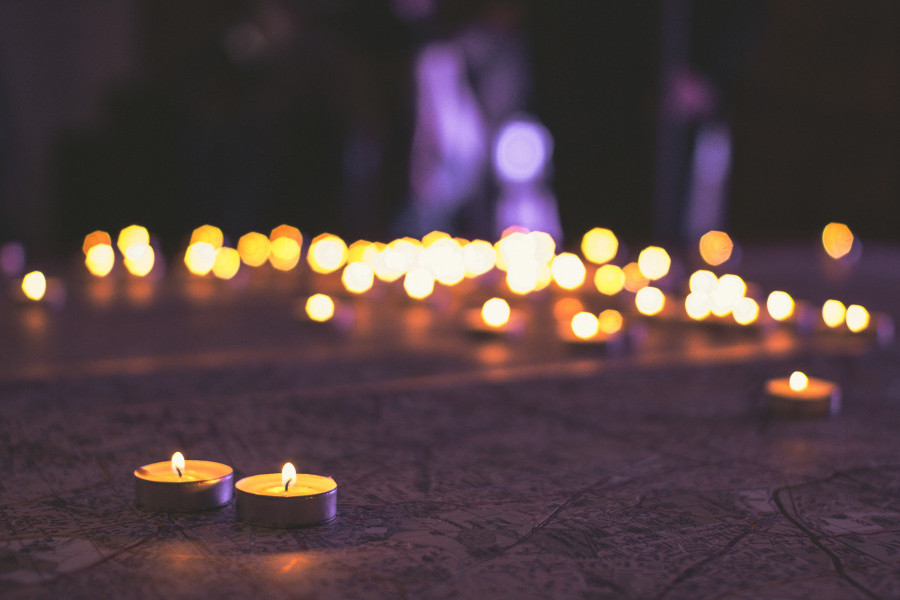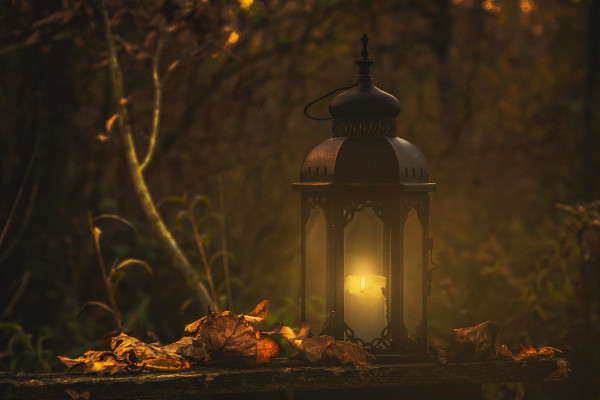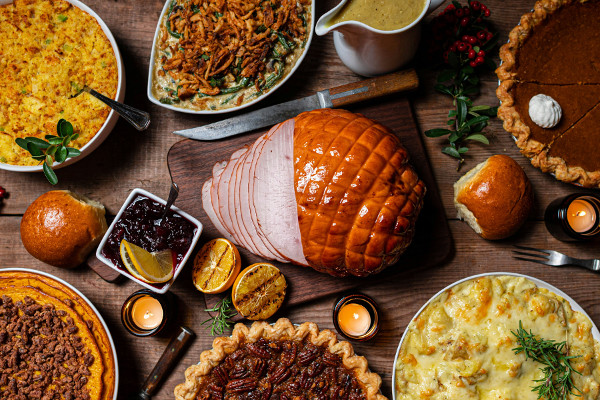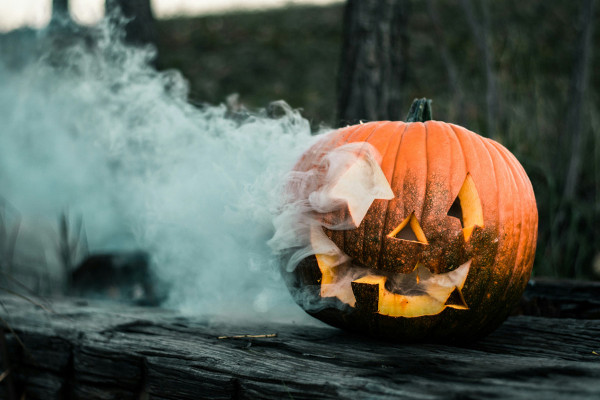What is All Saints' Day? - Meaning, Traditions, and Global Celebrations
All Saints' Day, celebrated on November 1st, is a special occasion for Christians to honor and reflect on the lives of saints, both well-known and unknown. It’s a day that encourages us to connect with our own potential for holiness and spirituality. The celebration brings together meaningful traditions, including attending Mass, visiting cemeteries, and lighting candles, offering a chance to deepen our spiritual lives and find inspiration in the lives of those who’ve achieved sainthood.

What is All Saints' Day?
All Saints' Day is all about remembering and honoring those who've achieved sainthood, whether they’re famous saints or those we’ve never heard of. It’s celebrated on November 1st, giving us a chance to reflect on lives that truly embody holiness and faith. Think of it as a reminder of our own potential for goodness, even if we aren’t in the history books. By taking the time to observe this day, we're not only celebrating these individuals but reconnecting with the idea of living a life full of purpose, love, and devotion humankind.
When is All Saints' Day?
All Saints' Day takes place every year on November 1st, marking a significant moment in the Christian calendar. It’s a day set aside to honor all saints, whether they’re officially canonized or simply faithful souls who’ve passed away. The timing of this day comes right after Halloween (All Hallows' Eve), a night traditionally associated with remembering the dead. This close proximity between the two days creates a sense of reflection and reverence, helping us connect with both the departed and the living saints who guide us toward spiritual fulfillment.
What are the traditions associated with All Saints' Day?
All Saints' Day is a day filled with meaningful traditions. Many people attend church services to pray and reflect on the lives of saints. Visiting cemeteries to clean graves and place flowers or candles is common, as it helps remember both saints and loved ones who’ve passed. Some cultures create special foods to mark the occasion, often linked to the saints themselves. Lighting candles symbolizes the light of the saints guiding us. All of these activities serve to reinforce the spiritual connection between the living and the holy, offering peace, reverence, and inspiration.
How is All Saints' Day celebrated in different countries?
Across the world, All Saints' Day takes on unique local flavors. In Mexico, it merges with the Day of the Dead, blending vibrant offerings, food, and family gatherings to honor ancestors and saints alike. In Italy and Spain, visiting family graves and attending Mass are key traditions, while in Poland, special prayers and songs fill the day. Meanwhile, in the Philippines, the faithful visit cemeteries to pray for both the saints and their deceased loved ones. Wherever it’s celebrated, the essence remains the same: a day to honor the saints and reflect on the afterlife.
Is All Saints' Day a public holiday?
All Saints' Day is a public holiday in several countries, particularly in Catholic-majority nations. In places like Italy, Spain, and France, it’s a day when businesses close, and people gather to attend Mass and spend time with family. It’s seen as a holy day, dedicated to honoring the saints and reflecting on spiritual life. However, in countries like the United States, it’s not a public holiday, even though it remains an important religious observance for many Christians. Regardless, the day is still deeply significant in the spiritual lives of those who celebrate it.
How is All Saints' Day different from All Souls' Day?
Though All Saints' Day and All Souls' Day both fall around the same time, they serve different purposes. All Saints' Day, celebrated on November 1st, honors the saints who have reached heaven, both canonized and unknown. It’s a day of celebration and joy for the lives lived in holiness. On the other hand, All Souls' Day, which follows on November 2nd, is dedicated to praying for the souls of the departed. It’s a more somber occasion focused on the remembrance and intercession for the dead. In many countries All Soul's Day is considered as the day of the dead, and it's on this day of the year that people go to cemetaries to visit the graves of the deceased love ones, laying flowers there and lighting candles. You can also honour the memory of the dead by lighting candles at home on this day.
What is the connection between All Saints' Day and Halloween?
All Saints' Day and Halloween are linked through their timing and historical roots. Halloween, or "All Hallows' Eve," is the night before All Saints' Day, and its name itself comes from the word "hallow," which means saint. Traditionally, Halloween was a time for vigil and preparation before the solemn feast of All Saints' Day. Over time, Halloween became more secular, focusing on costumes and fun. But its origins in honoring the dead and the holy souls remain, creating a deep connection between the two days, even as their celebrations have diverged.
Are there any foods associated with All Saints' Day?
Food plays an important role in All Saints' Day traditions, especially as a way of bringing family and community together. In Italy, for instance, “focaccia dei santi” is a special bread made with nuts and raisins. In Mexico, traditional treats like "pan de muerto" (bread of the dead) are prepared, linking the celebration of both saints and deceased loved ones. Other countries feature pastries or cakes shaped like saints or religious symbols. These foods are more than just tasty – they help commemorate the saints and are shared to remind us of the unity that faith brings.
How do you decorate for All Saints' Day?
Decorating for All Saints' Day is all about creating an atmosphere of reverence and reflection. Flowers, especially chrysanthemums, are commonly used to adorn graves or altars, symbolizing remembrance. Candles are another key element, representing the light of the saints guiding the faithful. In many homes, images or statues of saints are displayed as a visual reminder of their example. These decorations help transform spaces into places of contemplation and prayer, offering a space for reflection on the lives of the saints and the significance of their journey to eternal life.
All Saints' Day can be celebrated by both religious and non-religious folks. How much meaning it has in one's life is always a personal thing. It's mainly about rememberance and paying respect in traditional ways.



